How to Create a Swing GUI in Java
Method 1 of 2:
Making the Overall Frame
-
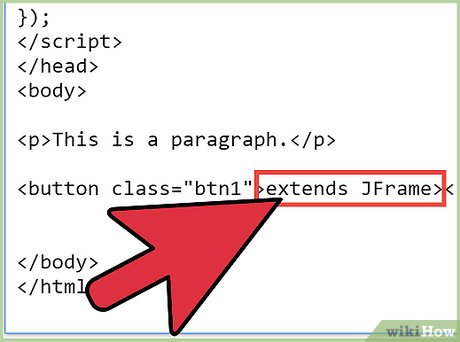 Create a class that extends the JFrame class. This class will hold all of your GUI components, such as buttons and text fields.
Create a class that extends the JFrame class. This class will hold all of your GUI components, such as buttons and text fields. -
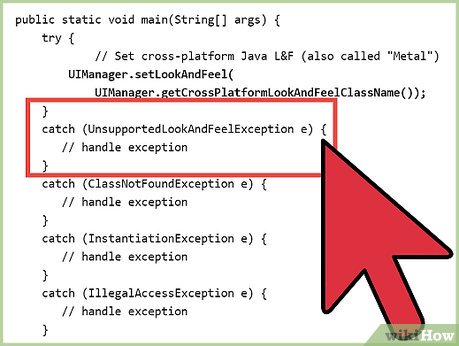 Plan the overall layout of your first application. A good start could be a central panel with BorderLayout with another panel at the bottom (BorderLayout.South). This second panel may have the FlowLayout and contain several buttons, check boxes and other similar controls. Finally, place the big JTextArea into the center of the central component. You will be able to use its getText() and setText() methods to do some text-based interaction with the user.
Plan the overall layout of your first application. A good start could be a central panel with BorderLayout with another panel at the bottom (BorderLayout.South). This second panel may have the FlowLayout and contain several buttons, check boxes and other similar controls. Finally, place the big JTextArea into the center of the central component. You will be able to use its getText() and setText() methods to do some text-based interaction with the user. -
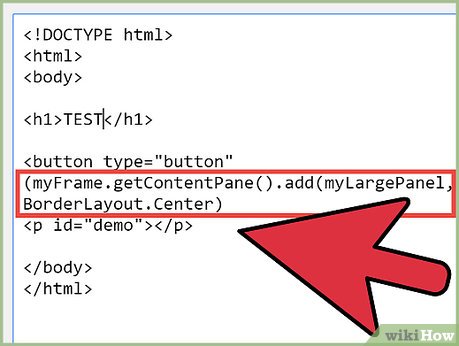 Write constructor to your class. This constructor must create all panels and components you plan, place them properly into each other and add the final panel the "holds all" to you frame (myFrame.getContentPane().add(myLargePanel, BorderLayout.Center).
Write constructor to your class. This constructor must create all panels and components you plan, place them properly into each other and add the final panel the "holds all" to you frame (myFrame.getContentPane().add(myLargePanel, BorderLayout.Center). -
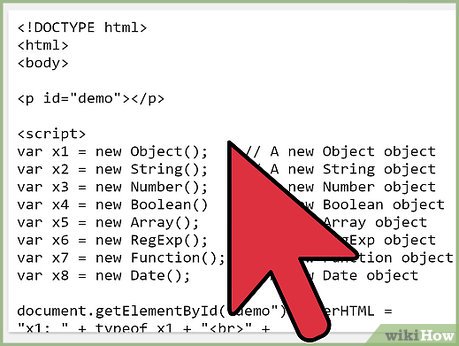 Write the main method which will be the program's entry point. In this method, create an instance of your frame, set the initial size and location (use .setSize(x,y) and .setLocation(width, height) ) and make it to appear on the screen by calling .setVisible(true).
Write the main method which will be the program's entry point. In this method, create an instance of your frame, set the initial size and location (use .setSize(x,y) and .setLocation(width, height) ) and make it to appear on the screen by calling .setVisible(true).
Method 2 of 2:
Programming responses to the user actions
-
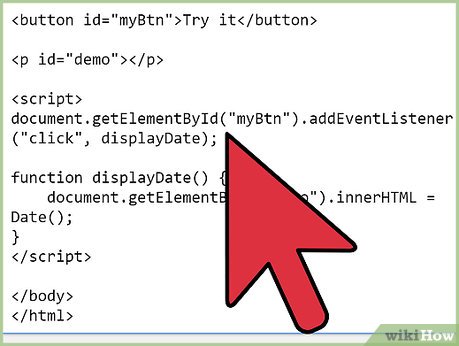 Make your frame implement the ActionListener interface. This will allow your class to listen to components' activities.
Make your frame implement the ActionListener interface. This will allow your class to listen to components' activities. -
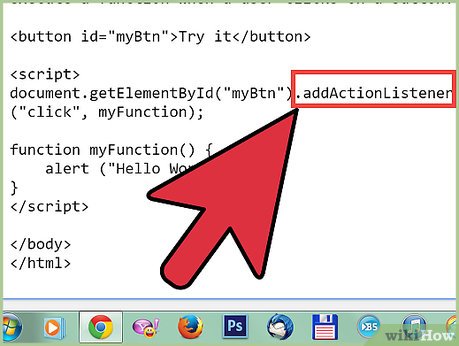 For every button, check box or other control that you have created, invoke its method .addActionListener, passing your frame (this) as parameter.
For every button, check box or other control that you have created, invoke its method .addActionListener, passing your frame (this) as parameter. -
 Override ActionListener's abstract method, actionPerformed(ActionEvent event). In this method, you should put if statements checking where does the action event come from. This if statement should have a condition that says something like "if (event.getSource() == button1)". This checks where the event came from and if it came from your button. Inside the if statement, do whatever needs to be done when your button is pressed.
Override ActionListener's abstract method, actionPerformed(ActionEvent event). In this method, you should put if statements checking where does the action event come from. This if statement should have a condition that says something like "if (event.getSource() == button1)". This checks where the event came from and if it came from your button. Inside the if statement, do whatever needs to be done when your button is pressed. -
 JTextArea has a method .setText("myText") which seems good as the way to program some visible response on your action.
JTextArea has a method .setText("myText") which seems good as the way to program some visible response on your action.
4.3 ★ | 3 Vote
You should read it
May be interested
- How to Disable Java
 java is a popular programming language and platform for dynamic or interactive websites and web applications. however, java can consume a lot of memory on your device or cause your browser to perform slower than expected. security issues...
java is a popular programming language and platform for dynamic or interactive websites and web applications. however, java can consume a lot of memory on your device or cause your browser to perform slower than expected. security issues... - How to Manipulate Strings in Java
 strings are sequences of characters. for example, 'hello!' is a string because it is made up of the characters 'h', 'e', 'l', 'l', 'o', and '!'. in java, strings are objects, which means that there is a string class that has fields and...
strings are sequences of characters. for example, 'hello!' is a string because it is made up of the characters 'h', 'e', 'l', 'l', 'o', and '!'. in java, strings are objects, which means that there is a string class that has fields and... - How to Set Up a Java Programming Environment
 java is a popular and long-standing programming language, used by large and small, new and old companies alike. setting up your computer to run java for the first time can be a mild hassle. this wikihow will detail how to configure the...
java is a popular and long-standing programming language, used by large and small, new and old companies alike. setting up your computer to run java for the first time can be a mild hassle. this wikihow will detail how to configure the... - How to Make a GUI Grid in Java
 the grid does nothing special at this stage, but with a little bit of research, you can add action listeners and a bit of logic to make a simple 2d game like tic-tac-toe, or more complicated ones like battleship. note: this article uses...
the grid does nothing special at this stage, but with a little bit of research, you can add action listeners and a bit of logic to make a simple 2d game like tic-tac-toe, or more complicated ones like battleship. note: this article uses... - How to Enable Java
 java is a programming language and platform commonly used in a number of websites and applications. when java is not enabled, you can experience difficulty with viewing or using certain websites and applications. to use java, you must have...
java is a programming language and platform commonly used in a number of websites and applications. when java is not enabled, you can experience difficulty with viewing or using certain websites and applications. to use java, you must have... - How to Get Rid of Java Update Notifications
 this wikihow teaches you how to prevent java from sending update notifications every time you log into your computer. open the java control panel. to do so:
this wikihow teaches you how to prevent java from sending update notifications every time you log into your computer. open the java control panel. to do so:


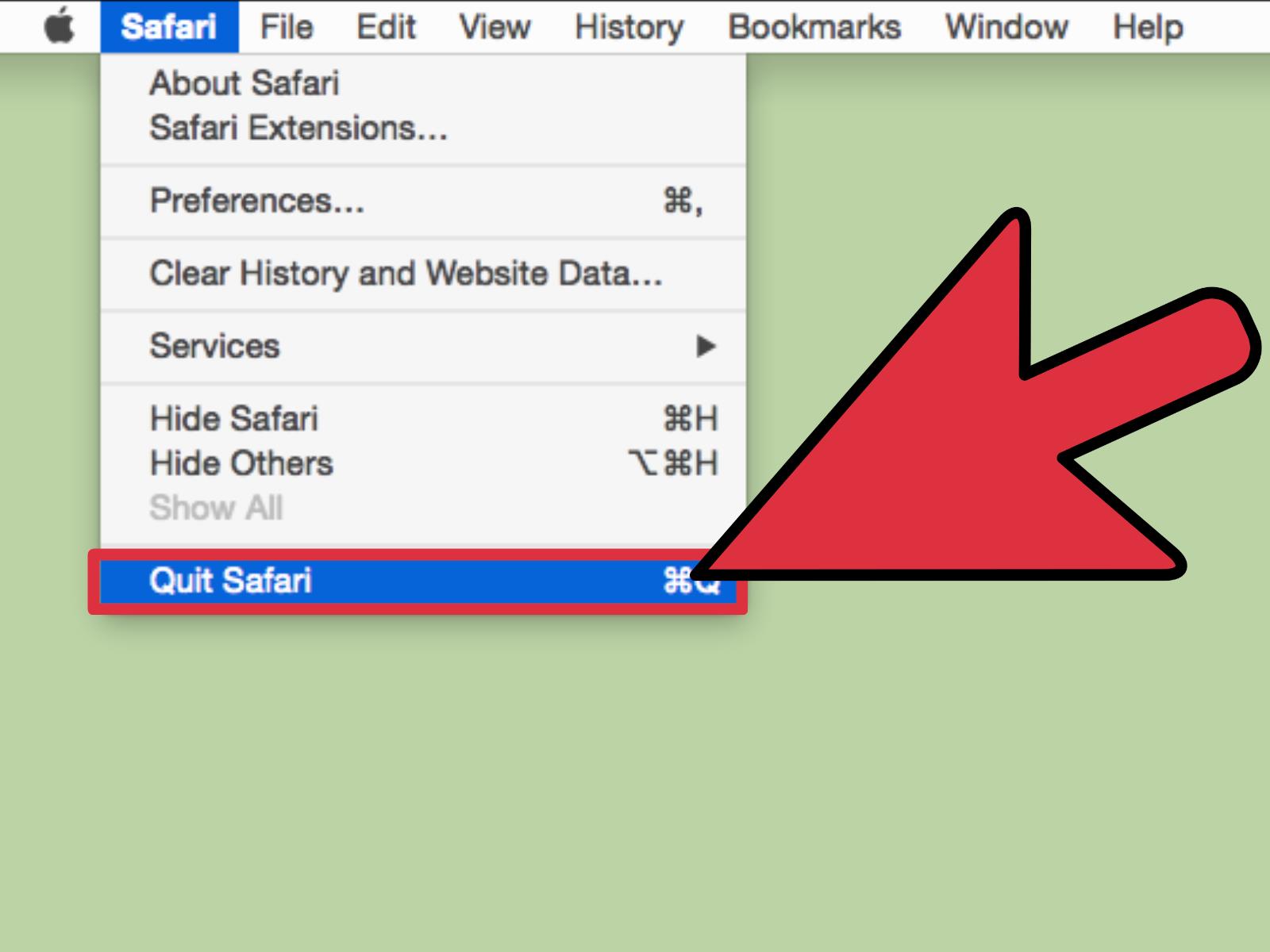





 eQuiz - Multiple choice test on Java Swing Practice - Part 2
eQuiz - Multiple choice test on Java Swing Practice - Part 2 eQuiz - Multiple choice test on Java Swing Practice
eQuiz - Multiple choice test on Java Swing Practice How to Close a Window in Java
How to Close a Window in Java What is Java? Why choose Java?
What is Java? Why choose Java? Basic Java syntax
Basic Java syntax